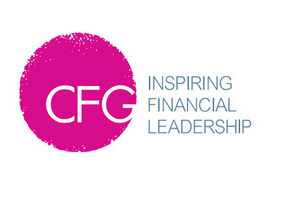Membership-based charities have common opportunities to build on the “strong sense of cause and community” their model offers but need to do more to realise that potential, according to newly published research.
The research, by consultants Lucent, is based on findings from research carried out with 17 disparate organisations, many of them dating back to Victorian times.
Despite the “deep attachment” the membership model can create, the study found many charities had work to do to remain relevant, with some experiencing issues with democratic engagement.
Membership requirements could also act as a barrier to filling trusteeships, or to widening diversity of appointees, the research found.
Encouraging campaigners to become donors
Most charities surveyed bring in a larger amount of their income from donations and legacies than from members, although there were significant variations based on history, fundraising priorities and membership demographics.
On average donations and legacies accounted for 36% of funding among 13 of the 17 organisations that provided figures. Membership contributions made up 24% of income, the study found.
Eight of 17 organisations provided information on membership numbers between 2015 and 2022, with five having grown these by between 7% and 44%.
Among six organisations that contributed membership income information, five had seen this increase by between 5.6% and 98.4%.
The research brought together chief executives from the charities to share common challenges and opportunities and to discuss how best to lead membership organisations in the 21st century.
The group included household-name organisations such as Cycling UK, English Heritage, Mind, the National Trust and the Royal British Legion.
One point of agreement was the need to review the membership model in order to keep it relevant and suitable in the digital age.
A key challenge discussed was how the member/non-member binary did not necessarily offer much to people whose first engagement with an organisation may be through campaigning or volunteering.
“The follow-on to encourage campaigners to grow into donors is often simply not there,” the study found, adding that charities also needed to build more effective digital presences to engage younger people.
“Many [organisations] were experiencing low engagement in formal governance and others had found the membership requirement on trusteeships had limited their search and ability to fill particular skills gaps [and] there was also a diversity and representation challenge,” the report said.
“Some had made a successful case for changing arrangements and finding new ways of ensuring beneficiary needs and voices were represented.”
Need for stronger partnerships
The research also found there were gaps in terms of networks between leaders of membership organisations, and that it was important partnerships are developed to enable mutually beneficial knowledge-sharing.
“One of the really interesting and surprising things was how varied experiences are among quite big membership organisations,” said Sarah Mitchell, the chief executive at Cycling UK. “Some of the things we find difficult, like appealing to a younger membership, other membership organisations seem to be doing really effectively.”
Charity membership can “feel like an old-fashioned structure”, Mitchell added.
“But at its heart is a very modern concept, which is the idea that the people most involved are the people that run it: by that community, for that community,” she added. “What we're struggling with is how we make it more relevant to more people, more communities, and get them involved – and to hear about what other people are doing is super interesting.”
Related Articles












